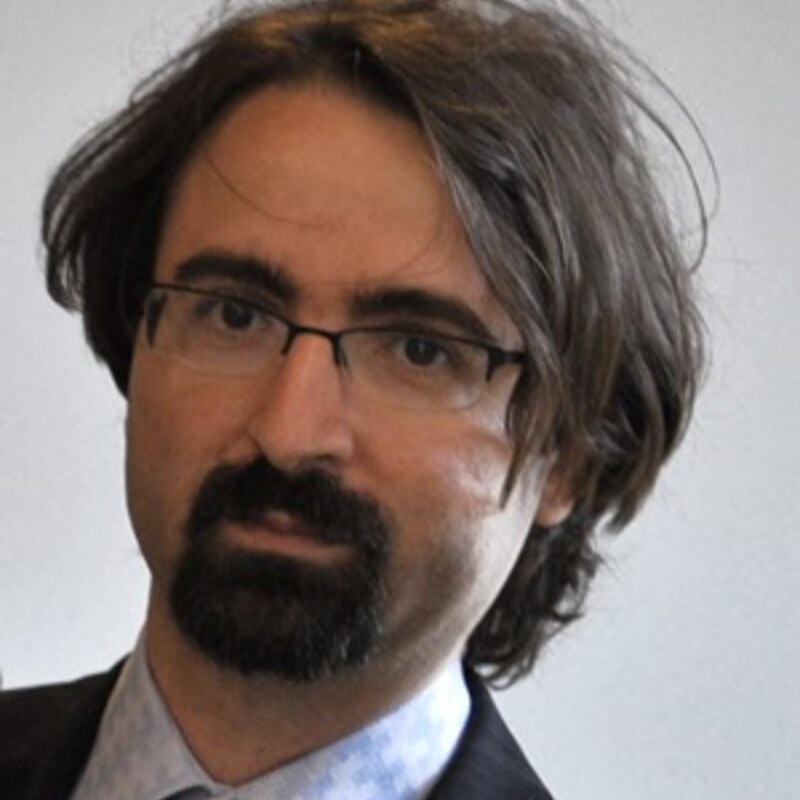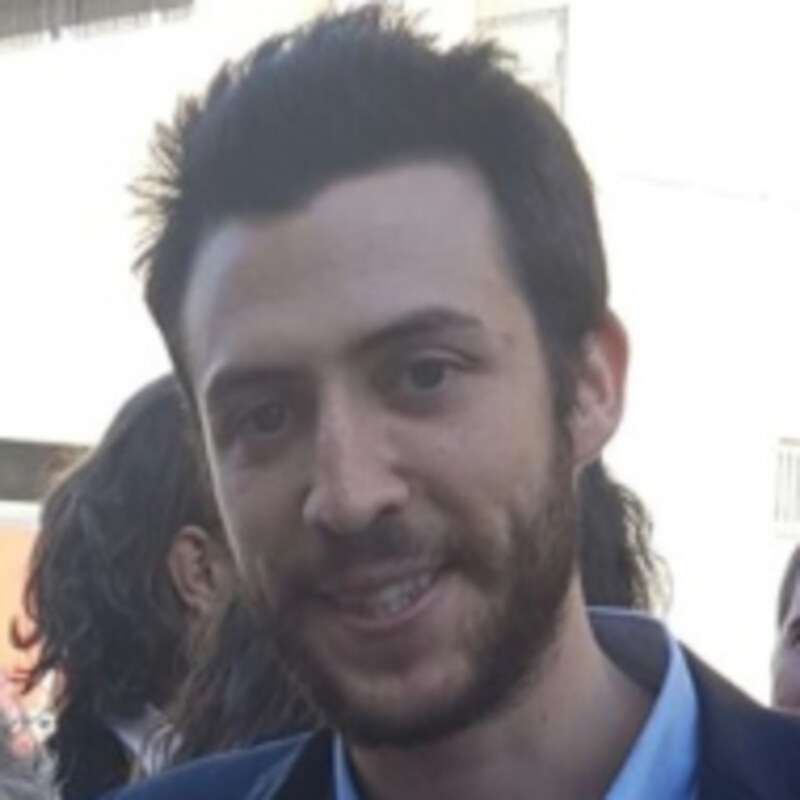Read more
Novel antiviral supramolecular materials
Developping broad-spectrum, low-toxicity and specific virucidal materials
Project leader: F. Stellacci
Team: C. Weder, H.-A. Klok, A. Radenovic, B. Rothen-Rutishauser, A. Fink, S. Vanni, M. Mayer
Viral diseases cause the death of millions of people every year. Vaccines can protect a large fraction of the world population but they are not yet world-wide available and their efficacy towards many high-burden disseases is still limited. Besides, the emergence of new viruses and virus outbreaks is being accelerated in recent years by the large human and animal population. The need for effective antivirals drugs with a broad spectrum of action is thus unquestionable. Current antiviral therapeutics can be subdivided into i) small molecules, ii) proteins able to stimulate the immune response, and iii) oligonucleotides. They act intracellularly, mostly on viral enzymes that are essential for viral replication. However, since there are a multitude of these enzymes, these drugs are very specific and tend to loose efficacy upon viral mutations. This project seeks the understanding of the mechanism of action of recently developed virucidal molecules which cause irreversible viral deactivation and whose effect is retained even if dilution occurs after the initial interaction with the virus. These molecules show broad-spectrum activity with little effect of viral mutations. The understanding of their mechanism will help the future design of other molecules with improved efficacy.
Main investigator
Involved people
- Related publications
- Related projects as project manager
Projects of FINK Alke
Projects of KLOK Harm-Anton
Projects of MAYER Michael
Projects of RADENOVIC Aleksandra
Projects of ROTHEN Barbara
Projects of VANNI Stefano
Projects of WEDER Christoph












